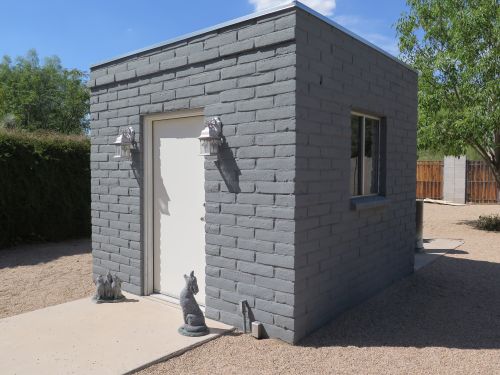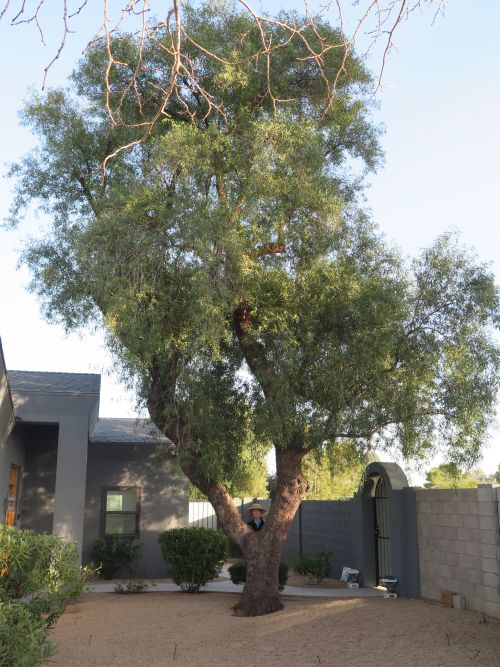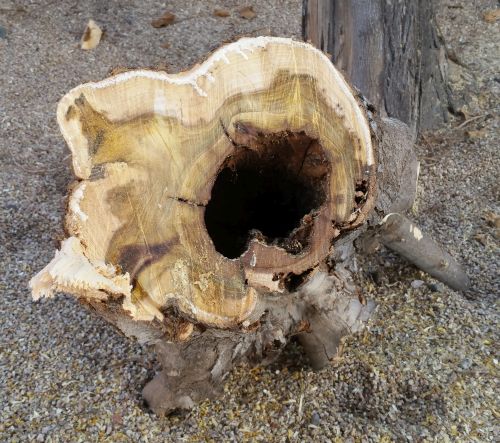69 today. That’s a good number, as it’s the same upside-down as rightside-up. The last one of those I passed through was 11, so it’s been awhile. (Ok, sure 1 and maybe 8, depending on the font.) Quick aside: 1961 also looked the same both ways, at least on pennies.
69 is the last year before one of what I call horizons rises to meet me: As a younger man, I thought of 70 as the horizon between ordinary people and…old people. So next year I’ll be a genuine, card-carrying Old Guy. Does this bother me?
Not on your life. Or mine.
Life is all about horizons. When I was in kindergarten, first grade was a horizon. When I was in grade school, high school and college were horizons. Marriage was a horizon, understanding it poorly as I did when I was six or seven. I remember wondering if you had to have a job before you could get married. I imagined living with a girl, and it was a…peculiar imagining, at 9 or 10. In truth, I could more easily imagine going to the Moon. I considered that a horizon as well; in fact, when I was a senior in high school, my lunch table vowed to meet on the Moon on New Year’s Eve 1999. It seemed so far away, in time as in space. We’d come so far so fast–how could it not happen?
Not every horizon comes when it’s called.
College, mon dieu. That horizon hit me in the face and damned near broke my nose. I got past it. I graduated, and got a job. That was a horizon. Leaving home was a horizon, one I avoided for far too long. I proposed to my best friend–one horizon–followed quickly by our wedding–another horizon.
Ordinary life can be deceptive. If you squint a little, you can avoid seeing any horizons. You get up, go to work, come home, have dinner, write/tinker/work 20 meters, then go to bed, confident that the same thing will happen tomorrow. Nonetheless, the horizons are there. My father’s death was a horizon, one I could see coming a long way off, and it shook me to the core. Scarcely a year later, one of my friends died. He was a fireman, and a wall fell on him while he was making sure everyone had gotten out alive. Seeing friends die is a horizon that few of us see coming, especially when we’re still in our twenties. It was scant comfort to remind myself that Bill Nixon was a hero. He was only the first. There have been many since then.
Starting my own company was a old dream of mine, and in 1989 it jumped up and said “Hi!” Horizons can be like that. Losing that company 12 years later was another horizon, one that almost ate me alive. Having my first book published was an even older horizon. I remember a dream in which I was holding my first book, without knowing what book it was. Sometimes horizons don’t tell you much about themselves until they’re already in your rear-view mirror.
Retirement was a very old horizon; I remember thinking as a teen that 2017–when I would turn 65–was an eternity away. Flying cars! Mars base! Heh. Today, well, 2017 seems almost quaint.
Horizons are firsts and onlies. You do them once and they change you, and then, sooner or later another one comes around the corner at a gallop.
Be ready.






 Carol’s packing glassware and kitchen and office stuff and much miscellany. I have to get rid of a solar panel that I cobbled up in 1977 from six 6-cell subpanels that doesn’t work anymore, and I would like to investigate the peculiar failure mode if I had time: When first placed in the Sun it generates 17 volts, but over a period of no more than five minutes the voltage drops down under 10 volts and eventually to 5. It hasn’t been in the Sun at all these past 40 years…so what died? I’m curious, but not curious enough to keep it and do exploratory surgery on it.
Carol’s packing glassware and kitchen and office stuff and much miscellany. I have to get rid of a solar panel that I cobbled up in 1977 from six 6-cell subpanels that doesn’t work anymore, and I would like to investigate the peculiar failure mode if I had time: When first placed in the Sun it generates 17 volts, but over a period of no more than five minutes the voltage drops down under 10 volts and eventually to 5. It hasn’t been in the Sun at all these past 40 years…so what died? I’m curious, but not curious enough to keep it and do exploratory surgery on it.










